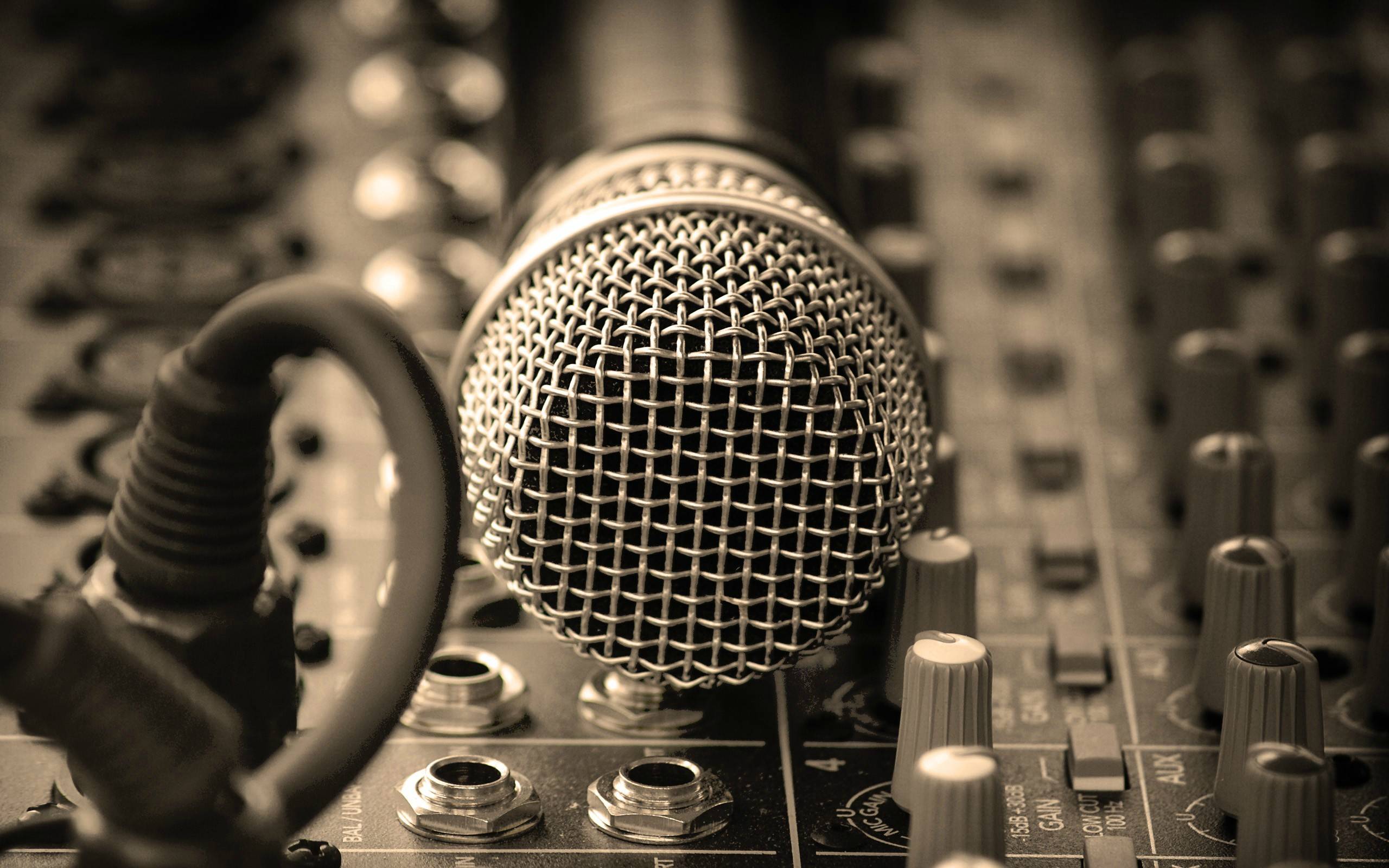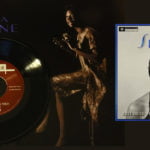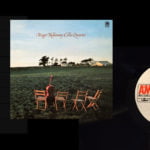It’s the time of year for saving money!
My first career was as a commercial photographer, back in the days of film, chemicals, light meters, and mechanical shutters. In the world of photography there are two diametrically opposed methods of image-making. The first is the documentary on-location tradition, the second studio methodology. In on-location work the discipline involves removing stuff from the frame to isolate the important subjects. In studio photography you add stuff to the empty vacuum, adding and moving subjects to create a visual image. Both are visualizations, but one is additive while the other is subtractive.
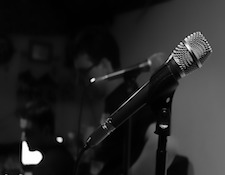 Recording sound is similar – the engineer is either trying to isolate the most important aural elements in a live event or they are creating, from the void of the studio, tracks that will eventually become a whole recording. Each method uses specialized tools to achieve their desired effects. And again, they work from opposite ends – one being subtractive and the other additive.
Recording sound is similar – the engineer is either trying to isolate the most important aural elements in a live event or they are creating, from the void of the studio, tracks that will eventually become a whole recording. Each method uses specialized tools to achieve their desired effects. And again, they work from opposite ends – one being subtractive and the other additive.
Ever since the Beatles Sargent Pepper and the Beach Boys Pet Sounds any aural “tool” that can be used in the studio to create pop music probably will be used to achieve some artistic aural effect. Sampling, which, due to licensing expense has virtually disappeared, was an example of one tool. And every new audio device offers an opportunity to create a new sound, either by using it “correctly” or by misusing it to the point of creating something new and different.
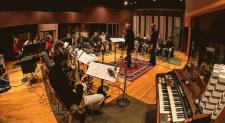 Most experienced audio engineers have developed their own set of tools, be they hardware or software, that they use regularly and are skilled at using, as in “I can make it sing and dance…” Even those few remaining on-location recording engineers who still employ traditional microphone methods to record symphony orchestras have their own “best practices” to optimize their recordings. On a high-resolution system you can easily tell what microphone pattern was used.
Most experienced audio engineers have developed their own set of tools, be they hardware or software, that they use regularly and are skilled at using, as in “I can make it sing and dance…” Even those few remaining on-location recording engineers who still employ traditional microphone methods to record symphony orchestras have their own “best practices” to optimize their recordings. On a high-resolution system you can easily tell what microphone pattern was used.
Even with what appears to be documentary orchestral recording, there is a wide latitude in how a recording is made, depending on the desired final aural outcome. All engineers and producers have their own concept of the “ideal listening position” or “ideal orchestral sound” for a recording. Sometimes that concept is shaped by a more idealized visualization of what the sound SHOULD sound like rather than what a hall or orchestra actually does sound like. A pure documentarian would still place their microphones in a way that was most faithful to the sound that they were actually hearing. An engineer or producer with a more strongly idealized concept of how an orchestra should sound might attempt to make the sound they were hearing more in line with their ideal of what it should sound like by using different microphone placement and sound shaping through harmonic equalization, additional reverb, time alignment, and other techniques.
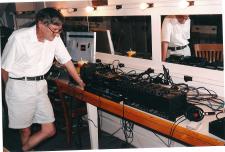 Gordon Holt , Stereophile’s founder and creator of the “Audio Glossary” was a “documentary style” on location recording engineer who I had the honor of working with for many years recording live symphony orchestra concerts. One time, when listening to the playback with the orchestra’s conductor, the Maestro in charge asked, “Can you make the recording more forgiving?” Gordon answered instantly, “Only God can forgive…”
Gordon Holt , Stereophile’s founder and creator of the “Audio Glossary” was a “documentary style” on location recording engineer who I had the honor of working with for many years recording live symphony orchestra concerts. One time, when listening to the playback with the orchestra’s conductor, the Maestro in charge asked, “Can you make the recording more forgiving?” Gordon answered instantly, “Only God can forgive…”
His attitude, which I also subscribe to, is “What I hear is what you get.” One time this same conductor demanded “more reverb.” We added the reverb and we hated it. Another time we were approached by a manufacturer for a project – recording a symphony orchestra in surround sound. But after one meeting with the producer, where he explained how he wanted the microphones arrayed, we recused ourselves – the microphone placement was so wrong we no longer wanted to be involved. The set-up was based on the producer’s idea of what the orchestra should sound like with no basis in the reality of the hall used or the musicians involved.
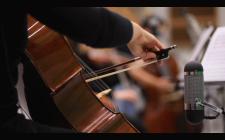 We audiophiles talk a lot about accuracy. But accuracy to what? Often the reality of a recording is at odds with the ideal of what a recording should sound like. The creative conflict between these two “realities” is the challenge that all recording engineers face.
We audiophiles talk a lot about accuracy. But accuracy to what? Often the reality of a recording is at odds with the ideal of what a recording should sound like. The creative conflict between these two “realities” is the challenge that all recording engineers face.
Obviously, some are more successful at achieving a successful and sonically convincing creative compromise than others.
